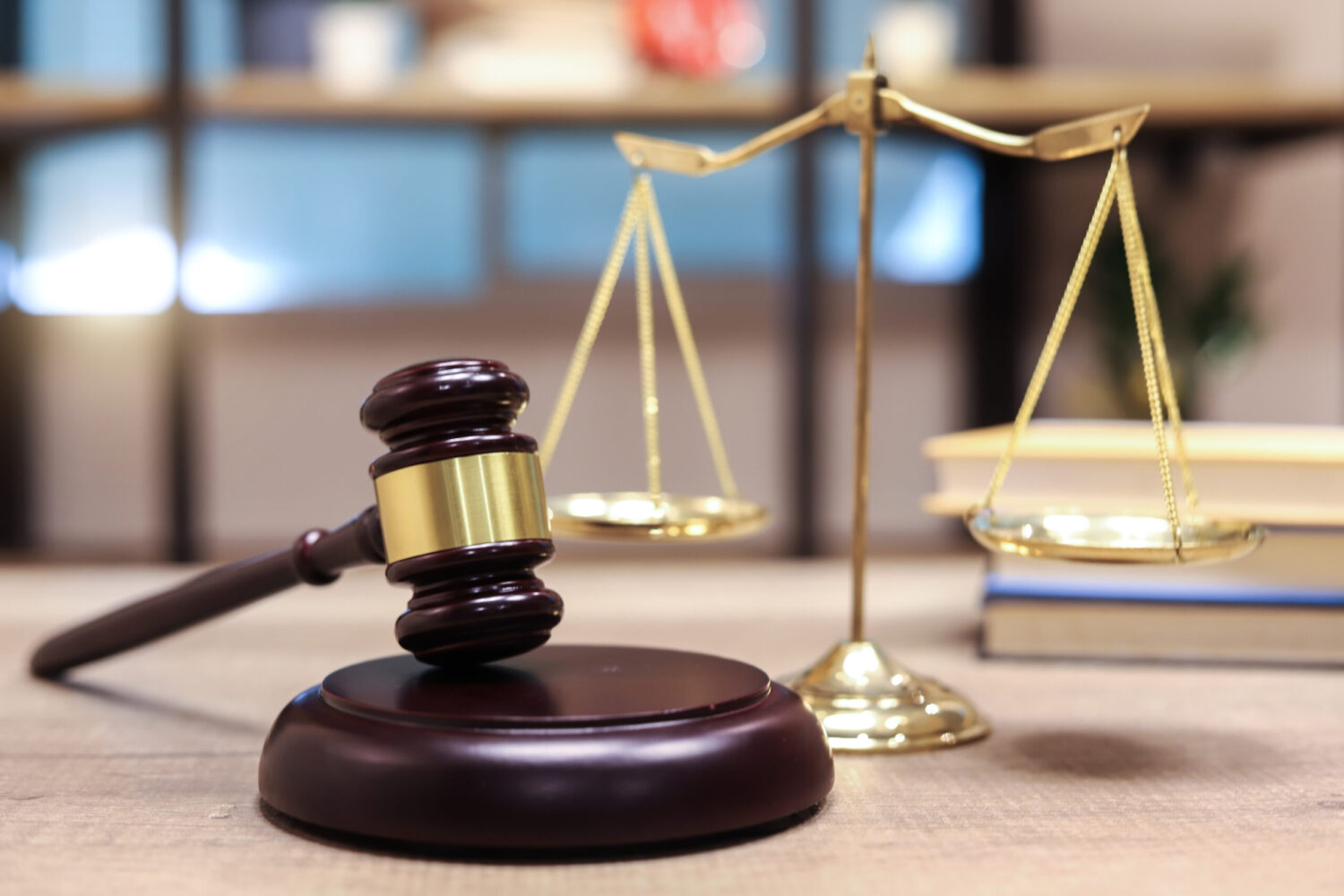
John Hult/South Dakota Searchlight – University of South Dakota Knudson School of Law students could soon earn their law license through supervised practice before graduation and two years of public service legal work in rural areas afterward. That’s if the state adopts the recommendations of a bar exam committee.
South Dakota Supreme Court Chief Justice Steven Jensen called for the creation of the steering committee during his State of the Judiciary message to the Legislature in January. The group was tasked with exploring possible alternative pathways to South Dakota State Bar Membership – a topic that’s woven its way into legislative debate for the past two years.
Currently, successful passage of the multi-part bar exam is a prerequisite to practicing law in South Dakota, similar to most states.
Critics say the state’s approach to exam scoring has put some groups of students – slower, more methodical readers, for example, or those whose native language is not English – at a disadvantage. They say access to legal aid in rural South Dakota has suffered as a result of reliance on the exam.
For two years in a row, Rep. Mary Fitzgerald, R-Spearfish, has unsuccessfully pushed for bills to admit USD Law grads to the state bar by virtue of their degree, or to offer a pathway to licensure through supervised practice. Neither proposal moved forward.
While the bar exam steering committee’s final report was released Wednesday by the Unified Judicial System, the committee included representatives from the courts, the state bar, the state Board of Bar Examiners and the law school in Vermillion.
Its primary recommendation aims to address both alternatives to licensure and rural access to legal services – an issue of concern for Jensen and his predecessor, former Chief Justice David Gilbertson.
A 2013 program was designed to incentivize recent graduates to choose rural areas through $12,500 payments for up to five years for working in cities with 3,500 people or fewer. It has seen some success in certain areas, such as Winner, which recruited and has retained its county prosecutor through the program.
Meanwhile, the overall number of lawyers in urban areas has continued to grow.
“An estimated 72% of attorneys live in” Sioux Falls, Rapid City, Aberdeen or Pierre, the report says. Since 2013, that figure has grown by 11%.
The committee’s alternative pathway recommendation would “offer law students seeking to practice public interest law or serve underserved rural areas of the state a fast track to admission without examination,” according to a press release from the judicial system.
The report recommends the program as a 5-year pilot project with a maximum of 10 students per law school class. Participants would complete an externship under the supervision of an experienced lawyer during their second and third years of law school, then commit to a two-year stint in a rural area after graduation. Their bar license would be conditional during those two years and become official afterward.
The committee’s yearlong work involved an anonymous survey in March of current bar members on the exam’s importance and value. “An impressive total” of 792 people responded, the report says, with 62% saying the exam serves as an adequate measure of “minimum competence” for the practice of law. On the question of exam grading, 75% agreed that the tests are graded fairly.
Those results square with what committee members heard during interviews with bar members on topics ranging from the importance of testing for Indian Law to the relative value of continuing education for current lawyers. South Dakota’s bar exam is the only one in the nation to include a question on Indian Law.
Sixty-nine percent of survey respondents did not support “diploma privilege,” by which USD Law grads could practice immediately after earning their degree, but 59% supported the idea of supervised practice.
The committee also recommended that the state continue using its current bar exam process for now, but that the state should consider adopting the “NextGen Bar Exam” currently under development by the National Conference of Bar Examiners when it becomes available in either 2026 or 2027. Competence in the understanding of Indian Law ought to remain a component of licensure, as well, the report says, for those who take the bar or choose an alternative pathway.
The press release on the committee’s final report notes that the state Supreme Court will take public comments on the committee proposals at a hearing next year, but the date for such a hearing has yet to be set.
